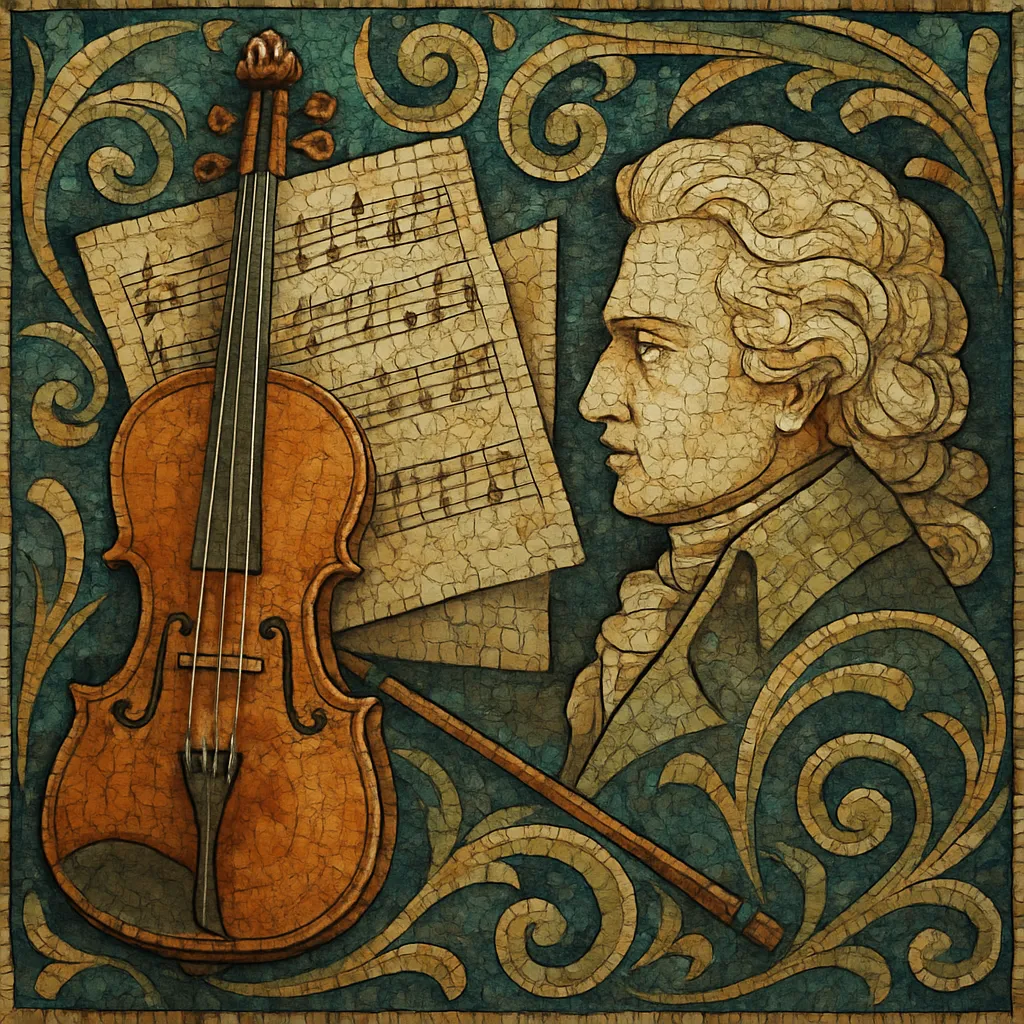Classical music is the notated art-music tradition of Europe and its global descendants, characterized by durable forms, carefully codified harmony and counterpoint, and a literate score-based practice.
The term “classical” can refer broadly to the entire Western art-music lineage from the Medieval era to today, not just the Classical period (c. 1750s–1820s). It privileges long-form structures (such as symphonies, sonatas, concertos, masses, and operas), functional or modal harmony, thematic development, and timbral nuance across ensembles ranging from solo instruments to full orchestras and choirs.
Across centuries, the style evolved from chant and modal polyphony to tonal harmony, and later to post-tonal idioms, while maintaining a shared emphasis on written notation, performance practice, and craft.
Western classical music emerges from liturgical contexts in medieval Europe. Neumatic and then staff notation (associated with Guido d’Arezzo) enabled music to be preserved and disseminated. Plainchant (e.g., Gregorian) provided modal frameworks; early polyphony grew into complex sacred genres like the mass and motet.
Renaissance composers refined modal counterpoint and vocal polyphony (e.g., Palestrina, Josquin). The Baroque era introduced functional tonality, basso continuo, and instrumental virtuosity, crystallizing large forms (opera, oratorio, concerto, sonata) and contrapuntal mastery (e.g., J.S. Bach, Handel, Vivaldi).
The Classical era idealized clarity, balance, and architectural form. Sonata form, the symphony, and the string quartet matured (Haydn, Mozart). Beethoven expanded expressive range and structural ambition, bridging Classical ideals and Romantic expressivity.
Romanticism emphasized individual voice, chromatic harmony, and orchestral color. Composers pursued programmatic narratives, nationalism, and large-scale works (Schubert, Berlioz, Wagner, Brahms, Tchaikovsky). Virtuosity and new instrumental technologies shaped performance and style.
The 20th century splintered into impressionism, expressionism, serialism, neoclassicism, spectralism, and minimalism. Composers embraced expanded tonality, new timbres, and electronics (Debussy, Stravinsky, Schoenberg, Bartók, Glass). Today, classical practice spans historically informed performance, post-classical crossovers, and global influences, while remaining grounded in notation, ensemble craft, and long-form design.
Decide on solo, chamber, choral, or orchestral forces. The instrumentation guides tessitura, color, and technical possibilities. For orchestra, plan families (strings, woodwinds, brass, percussion) and their roles.
Select a form suited to your idea: binary/ternary, rondo, theme-and-variations, fugue, or sonata-allegro. Sketch an outline of sections (exposition, development, recapitulation; or movements in a multi-movement work) to organize pacing and contrast.
For tonal writing, use functional harmony with clear cadences and modulations to related keys; for modal writing, emphasize characteristic scale degrees and cadential gestures; for post-tonal, define a pitch language (set, row, scalar collection) and maintain internal consistency. Craft memorable themes with motivic cells that can be sequenced, inverted, augmented, and developed.
Balance melody and accompaniment with contrapuntal interplay. Use imitation, canon, and invertible counterpoint to enrich lines. Control texture (monody, homophony, polyphony) for clarity and contrast.
Establish a clear meter, then vary with syncopation, hemiola, or metric modulation as appropriate. Shape phrases with breath-like arcs, dynamic contours, and articulations (legato, staccato, marcato) to clarify structure.
Assign material to instruments that suit its range and character; double lines for weight or blend; reserve strong colors (e.g., brass, percussion) for climaxes. Exploit registers, mutes, harmonics, and divisi to create timbral variety.
Engrave a clean full score and readable parts with precise dynamics, articulations, tempo marks, and expressive instructions. Include cues and sensible page turns.
Workshop passages to check balance and playability. Revise voicings, dynamics, and tempi based on performer feedback.
Consider extended techniques (sul ponticello, multiphonics), aleatoric procedures, electronics, or microtonality as stylistically appropriate—always notated with clarity and performance notes.


